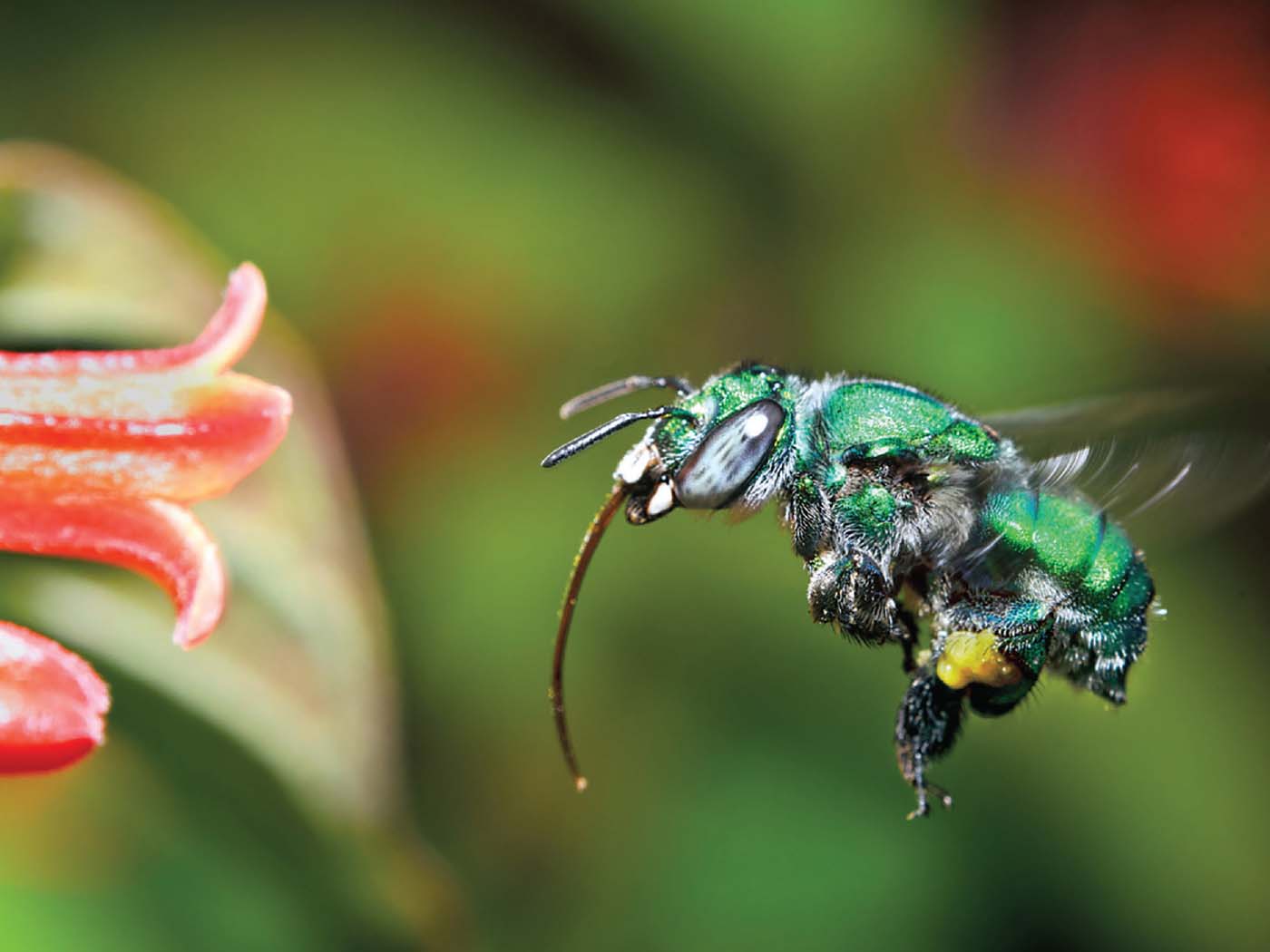The invention of a synthetic life form is a dream shared by many scientists, and they are beginning to see it as a possibility that is achievable within a decade. New Scientist magazine stated that “engineering a second genesis would…broaden our view of life” by bringing an alternate version of what evolution supposedly accomplished “3.5 billion years ago” when it made the first living cell. A “second genesis” could also presumably lead to the invention of novel molecules that could solve “practical problems.”1 But would it provide proof of an evolutionary origin for life?
The researchers’ goal is to construct “an entirely new form of life unlike any that exists today.” But their quest has instead served to clearly demonstrate the specified complexity of life. Each new technical breakthrough in the laboratory shows that the biological processes necessary for basic life required skill and genius to construct. These studies are methodically revealing the utter inadequacy of the raw laws of chemistry and physics to accomplish the technical feats required to produce and maintain viability.
For instance, Steen Rasmussen of the Los Alamos National Laboratory successfully “persuaded” a length of DNA to code for fatty acid production.2 He and his team are currently stymied in their attempts to figure out how to get the DNA length to grow and divide at the same rate that fatty acids build up in their synthetic life-mimicking system. Gerald Joyce of the Scripps Research Institute “made” two RNA-like molecules, “each able to construct a copy of the other by stitching together two half-molecules supplied by the researchers.”2 As New Scientist reported earlier this year, however, Joyce’s team has reached a dead end on making a molecule that can “gain new functions on the fly, without laboratory tinkering. Joyce says he has no idea how to clear this hurdle.”3
These examples illustrate the principle of irreducible complexity, that certain whole systems must be formed intact if they are to have any functionality. Trying to develop them piecemeal does not work. Nor has there been a successful demonstration of unaided nature solving the various technical challenges that these scientists are trying to overcome by manipulating, making, and supplying the right parts in the right environments in the right amounts and at the right times.
And even if scientists somehow produce a complex chemical concoction that is specified enough to perform some of the tasks required by real living cells, they will only have succeeded in proving that life-by-nature alone was not possible—it took an intelligent agent to produce.
Although the physical machinery of a self-replicating, metabolizing, artificial cell is conceivably reproducible—albeit by massive human exertion—the non-physical aspects found in much of animal life is not. The Creator made sure that creatures whose “life of the flesh is in the blood”4 would possess minds, wills, and emotions. These three qualities, at least, will perennially resist laboratory-based efforts at duplication.
References
- Holmes, B. 2009. Second Genesis: Life, but not as we know it. New Scientist. 2699: 28-29.
- 2009. Second Genesis: Making new life. New Scientist. 2699: 30-31.
- Callaway, E. Artificial molecule evolves in the lab. New Scientist News. Posted on newscientist.com January 8, 2009, accessed January 9, 2009.
- Leviticus 17:11.
* Mr. Thomas is Science Writer at the Institute for Creation Research.
Article posted on March 30, 2009.





















